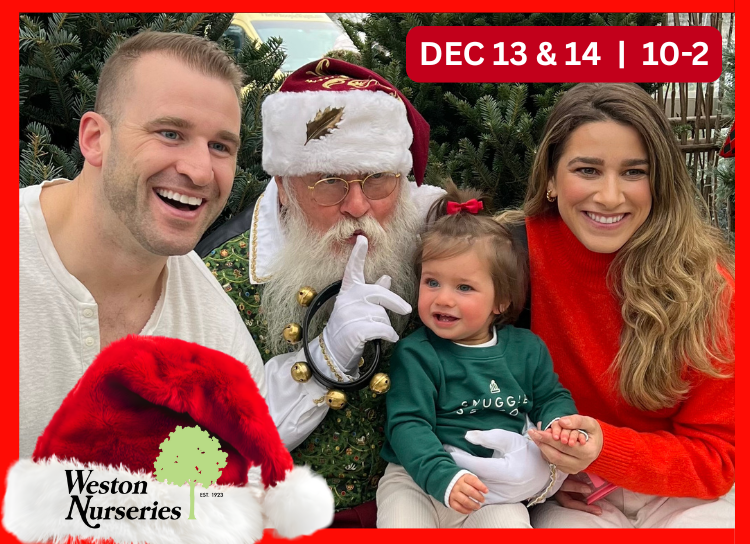Newborns bring new discoveries, new challenges, new adventures.
Sometimes they even bring new inventions that can improve the lives of other babies and their parents.
That was the result when Hopkinton High School sophomore Archita Nemalikanti welcomed a baby sister in the summer of 2019.
When her sister was born, she learned that testing for neonatal anemia, a potential symptom of a number of conditions, involves taking blood from the baby. That can be an ordeal for the baby and subsequently a source of stress to the family.
“When I came to know, through my family, that babies go through such an ordeal, I was immediately eager to propose a solution to this problem,” she said.
She and her classmate, freshman Sreeja Bolla, wondered: How could a newborn be blood tested in a way that was less invasive?
After hundreds of hours of work outside of classroom time and with support from science teacher Kristen Murphy, they created a solution.
The two students developed a sensor that, with just a click of a button, determines anemia in the newborn by analyzing fetal hemoglobin concentration. The anemia result is then displayed on an Android app.
This impressive project, NeoHb: A Noninvasive Optical Biosensor Diagnosing Neonatal Anemia, earned them the Sanofi Genzyme grand prize award last month at the Massachusetts Science & Engineering Fair, which was held virtually this year because of the COVID-19 pandemic.
They received the award after competing against more than 260 science projects in Massachusetts.
Their work literally paid off. The first place award earns a total of $25,000, with $10,000 to the Hopkinton High School Science Department, $5,000 to Murphy, and $5,000 each to Nemalikanti and Bolla.
To complete the project, knowledge in optical physics, clinical chemistry, hematology, mathematics and computer science, including Android app development, was needed, Nemalikanti explained.
“It was really overwhelming at first,” Bolla said. But the more they worked on the project, the more engrossed they became. “It’s important to be passionate about it. We discovered a lot along the way,” she added.
At the same time, she noted, they focused on maintaining a balance between the intense study involved and a social life. Not all science students spend all their time looking into a microscope, the two students said.
“You can stay connected with friends and love science,” Bolla said. “We made sure we always had free time. We didn’t want to burn out. We looked at it as something fun we did together.”
Bolla offers advice for fellow students potentially interested in getting involved in a science fair. “Do something that connects to you and builds off what you’ve learned in school,” she said.
For Nemalikanti, the “personal connection” made their winning effort especially meaningful.
The project result will help “a whole community” of newborns and families, she said.
“I feel with just the knowledge from school and little exposure I had with tools and technologies, I was able to do this project that is very useful to newborns and families,” she said.
Doing this “has obviously motivated me to think more and give back more to society. I want to learn more, enhance my knowledge, and potentially find solutions to bigger problems.”
Their high school careers are just beginning, but Nemalikanti has become particularly interested in studying neonatal medicine. Bolla is not sure what she will study after high school, but is “a lot more interested in biology now.”














0 Comments